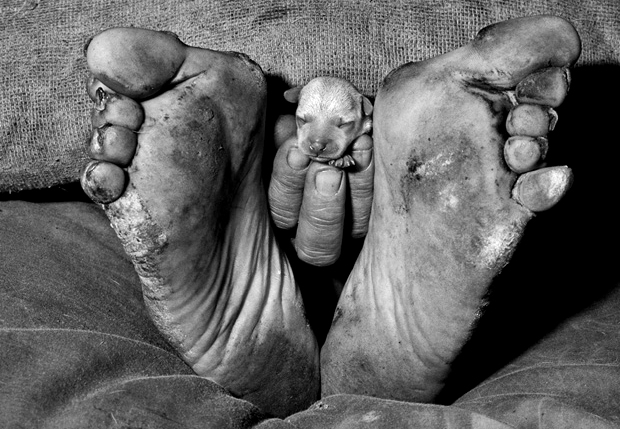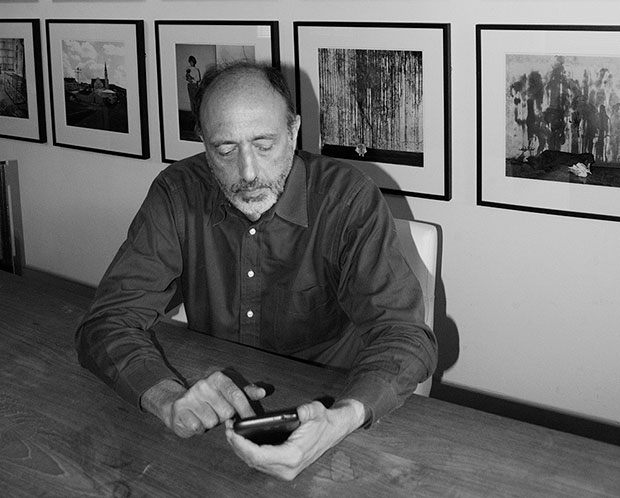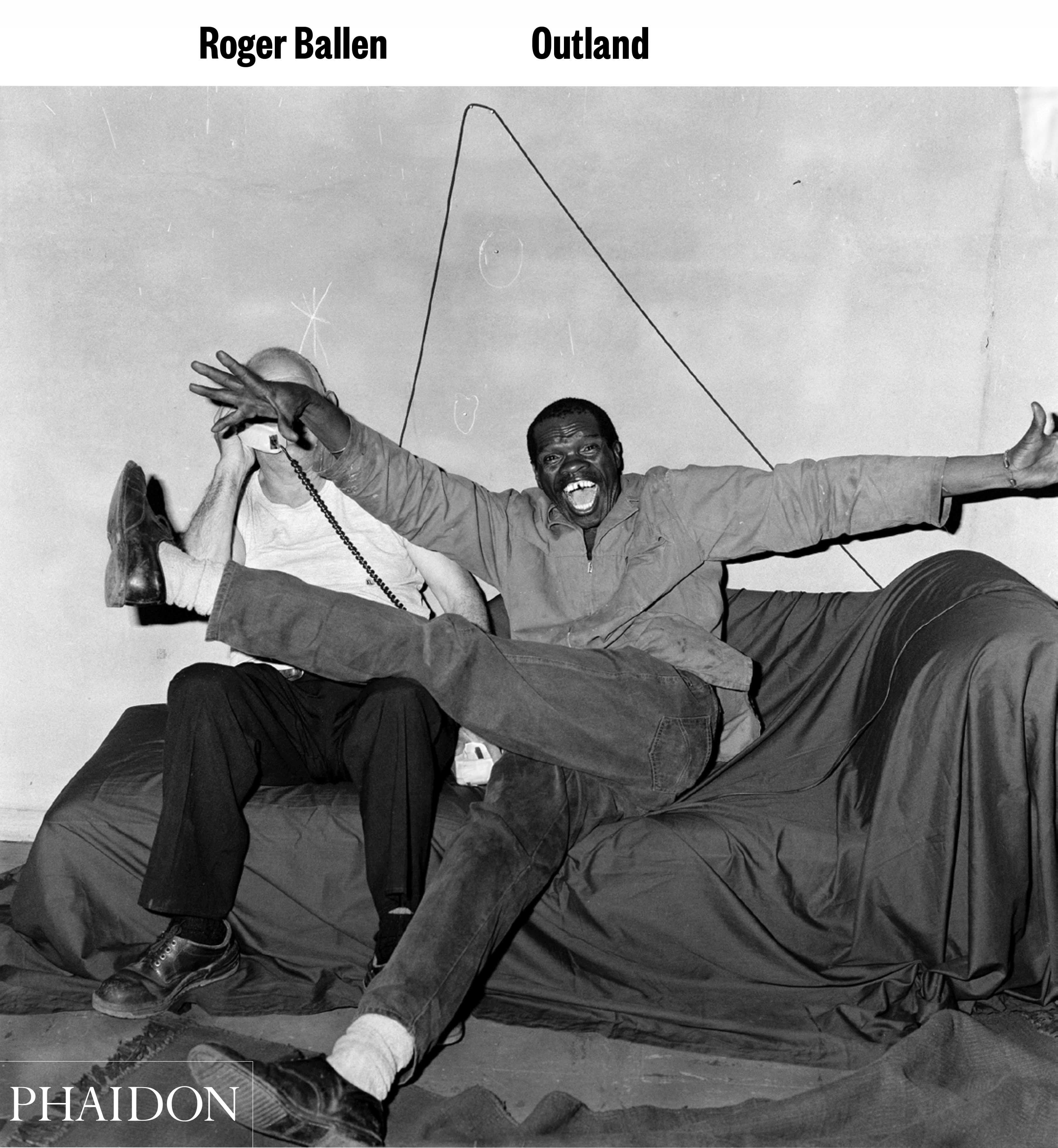
Roger Ballen goes back to Outland
In the first of a new series, the photographer revisits the characters in his seminal photographic book Outland
Through the late 1990s and into the early 2000s photographer Roger Ballen spent time documenting marginalized people on the fringes of South African society. While this was not a completely new direction for him, the years nevertheless saw a subtle but incredibly important change begin to occur in his photography. Ballen’s often disturbing, occasionally almost demoniacal photographs began to evolve from a kind of documentary to a kind of theatre, from fact to (almost) fiction. the photographs that critic and director Peter Weiermair called, “radical still lifes in which Ballen fused bodies and objects together" began to be characterised by a even more heightened sense of alienation and the grotesque.
A new and expanded edition of Outland, the book that resulted from this epic artistic journey is published later this month so we sat Roger Ballen down a couple of weeks back and asked him to pick a number of defining images from it and to share with us the experiences of the characters in them - many of whom he is still in regular contact with. We wanted to know what was going through his mind at the time, how the photographs affected him back then and how they've continued to impact on him and his practice in the 20 years or so since. We kick off the series with his description of the first main image in the book, Puppy Between Feet taken in 1999.
For some time before he took this photograph Ballen was attempting to get closer and closer to his subjects. But, by his own admission "just couldn’t get there." A visit to a New York camera store saw him pick up a recently traded in macro 90mm lens. "The first real close up picture that I ever took in my career was Puppy Between Feet, with that lens," the photographer remembers.

“This was a very important photograph for my career, the first time I got closer to a subject. Also the picture is one of my most iconic. It was taken in a house I worked in quite frequently. They always seemed to have animals around – there was like ten, fifteen dogs around, and they had cats and birds and rats and all kinds of different animals. Every time I went there they had another litter.
I’d seen this guy’s feet, he rarely wore shoes because he couldn’t fit his malformed feet into them. And I kept looking at these feet all the time, and I was thinking to myself, 'Jeez these are amazing I wish I could incorporate these feet into one of my pictures'. But I couldn’t work out how to do it.
Then, one day there was a litter of puppies there, so I said to this guy I’d like to take a picture of you with them and he immediately began exclaiming ‘Look what I can do! Look what I can do!’ And so he lay down on this bed and put this puppy between his feet. In a way it was his idea, not mine, but I immediately knew there was something there.

Either side of the puppy are these two old and rugged and ragged feet that are shaped like a woman. And in between these feet is this baby puppy - he’s all clean he’s all new coming out of this hole between the two feet. So formalistically it’s a very interesting photograph. It’s a unique way of putting things together but it also has a very universal metaphor.
With most pictures I get a good sense that I’ve got the depth of the picture, I get a good sense that what is in front of me is saying something important to me and could say something important to other people. When I feel there’s this complexity to the work, this deeper emotion, or deeper metaphor, that’s really when the light goes green and I know I’ve got to take that picture. It’s something I can’t define with words. The best pictures are the ones I don’t understand. But if I feel there’s this deeper meaning that somehow keeps coming back to the picture, that the picture is actually challenging my mind the that’s the picture I’ve got to get.
I never start with words. Never ever. If I can define the picture in words then it’s usually a simplistic picture. If a word fits it, then I shouldn’t use the picture. A lot of photographers start out with the words but if you start out with a word then you’re already prejudiced. You’re not working in your medium."
Check back for the next story in our series or cut to the chase and get the book while it's fresh. You'll find it here. And if you like the look of Roger Ballen's work and the way he describes it, you'll find some great Ballen pieces over at our partner site Artspace.